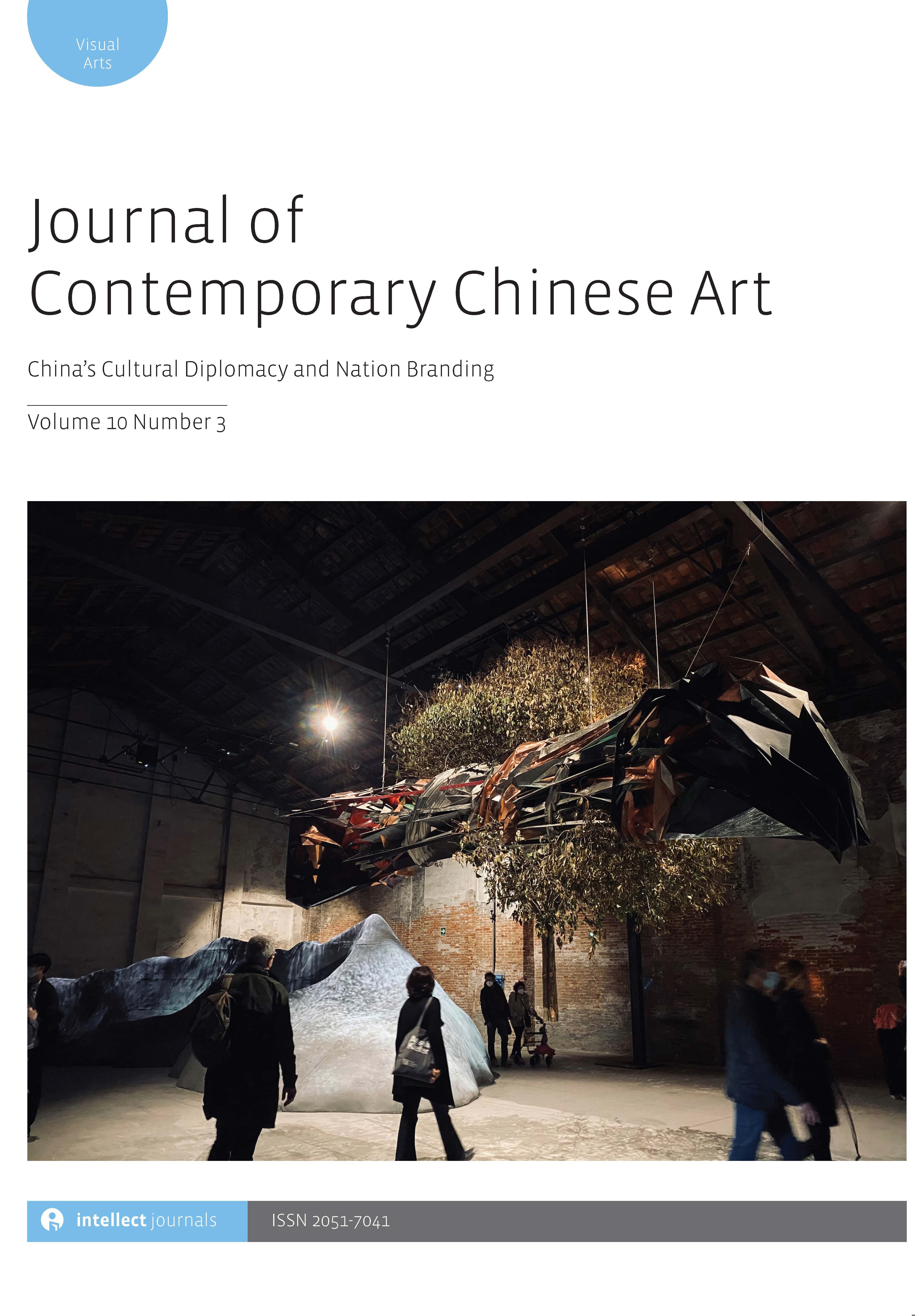
Full text loading...

In this article I analyse the TAZARA Memorial Park in Zambia, which opened in 2022 and commemorates the Zambians, Tanzanians and Chinese who died while building the TAZARA Railway in the mid-twentieth century. Although the memorial is on Zambian soil and recalls a trinational history, it is largely driven by China as a form of Chinese nation branding and soft power. ‘International friendship’ typical of historic Afro-Asian solidarity permeates the memorial’s narratives, and is expressed through large bronze statues as well as museum dioramas, which have loaded museological histories. Zambia, however, was never a tabula rasa onto which this ‘friendship’ was simply imposed, and contemporary attempts to resuscitate historical solidarity are complex. Through interviews with Zambians who live close to the heritage site or worked on the construction of the railway, I demonstrate that there are multiple Zambian responses ranging from frustration and anger to deep feelings of camaraderie. Moving beyond the language of mainstream international relations, I embrace the performativity and generative creativity of culture itself, developing what I refer to as ‘creative power’. In doing so, I analyse two performative interventions that form part of the series, Tulelosha (‘We are mourning’) (2022–23), and which register the gaps and oversights of the memorial.

Article metrics loading...

Full text loading...
References


Data & Media loading...

Publication Date:
https://doi.org/10.1386/jcca_00085_1 Published content will be available immediately after check-out or when it is released in case of a pre-order. Please make sure to be logged in to see all available purchase options.